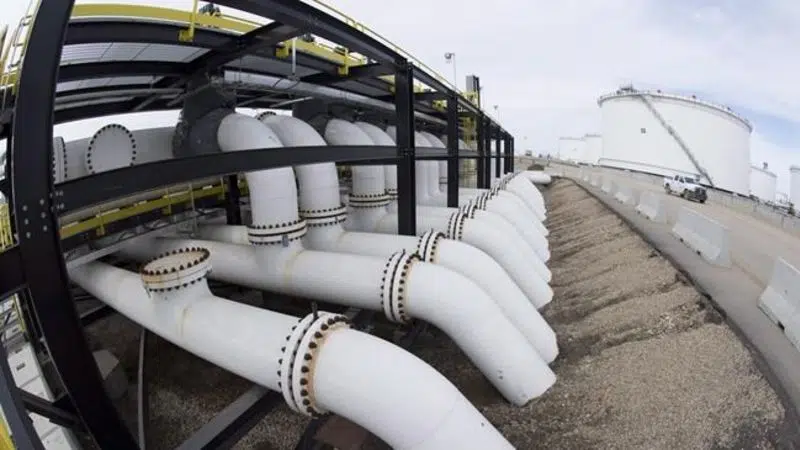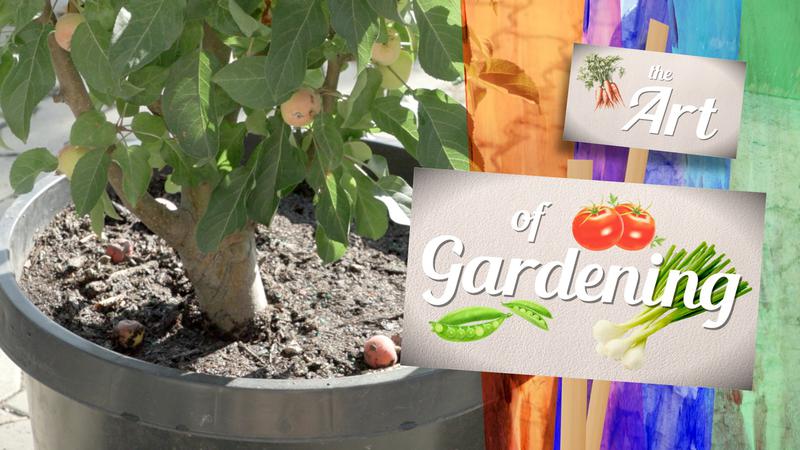
Trans Mountain pipeline expansion: Five things to know about the project
OTTAWA — The federal cabinet’s long-awaited decision on the Trans Mountain pipeline expansion is due Tuesday. Here are five things to know about the project.
1. What is it?
There is an existing, 1,150-km pipeline carrying crude and refined oil products from Alberta’s oilsands to a terminal in Burnaby, B.C. It transports about 300,000 barrels of oil a day, with refined products including gasoline, diesel and jet fuel making up about 15 per cent of its flows and crude oil the remainder. The refined products are used mainly in B.C.. About half the crude is sent to Washington state refineries on a different pipeline, and the rest mostly goes to Burnaby. Less than 10 per cent is loaded onto oil tankers. In 2018, 53 oil tankers used the Westridge Marine Terminal, where the pipeline ends.
The expansion, first proposed in 2012, would build another pipeline roughly parallel to the existing one, and be able to carry another 590,000 barrels a day, all of it diluted bitumen. It will require about 980 kilometres of new pipeline and reactivating 193 kilometres of existing pipeline that has not been used for many years. There will also be 12 new pumping stations along the route and 19 new storage tanks at terminals in both Alberta and B.C.


